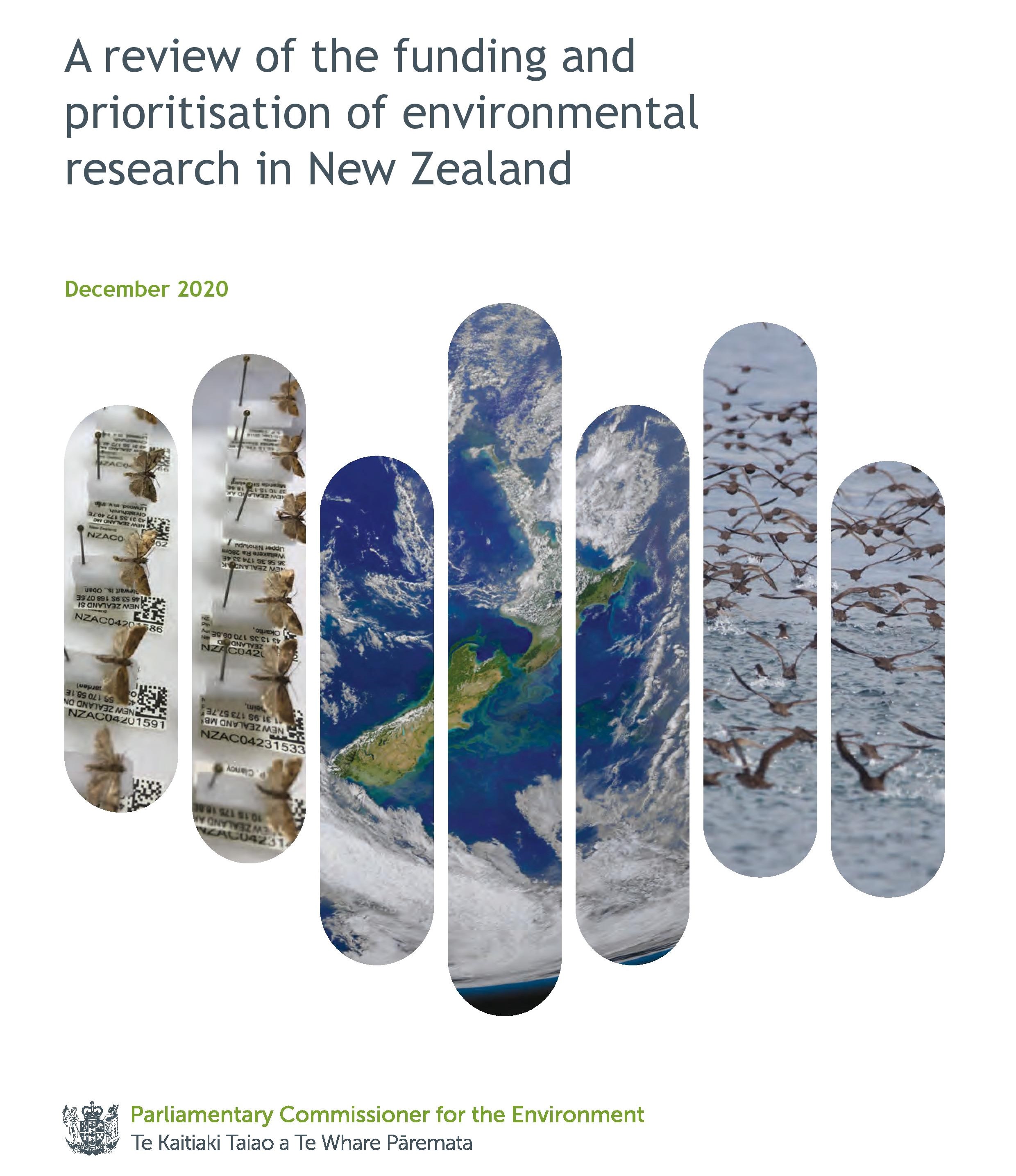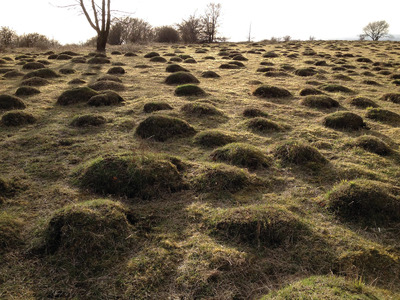At the end of June 2023, Ecological Solutions and Evidence received its first Journal Impact Factor (JIF), and this served as a good moment in the journal’s developmental journey to reflect on what impact our published articles have had in our first three years.
On 28th June 2023, Clarivate unveiled their annual Journal Citation Reports, which aims to support research integrity and promote accurate evaluation of the many journals that publish and disseminate research around the world, and includes the Journal Impact Factor (JIF).
We are excited to share that Ecological Solutions and Evidence’s JIF for 2022 (as it’s calculated for the previous year) is…
While we are delighted by this number which reflects the great number of citations our articles have had in other published literature, it is only part of the story when it comes to the impact of our articles. As a journal publishing articles with direct relevance for the management of biological resources and ecological systems, we are also interested in the more qualitive, real-world impact.
To better understand some of these practical influences our published articles have had, we got in touch with some of our authors who have shared their stories below:
Contemporary authorship guidelines fail to recognize diverse contributions in conservation science research
Steven Cooke: With this article, we hoped to start conversations and enable changes in who and what is worth of authorship on academic papers, and Ecological Solutions and Evidence seemed like a good home for such an article (also because it is Open Access).
Since publishing the article, it has been used by Canadian Science Publishers to revamp their guidelines for authorship, and I have been invited to give several presentations to various EDI groups regarding this article and how it can help to achieve inclusion. Most importantly, I know (through colleagues that have reached out) that it has changed how some people think about contributions and that there is a space for non-scientists on peer-reviewed papers.
You can watch a recording of Steven’s AER Live workshop based on the article below:
Implementing integrated measurements of Essential Biodiversity Variables at a national scale
Peter Bellingham: My co-authors and I wanted a publication on the record that described New Zealand’s programme of systematic, regular collection of biodiversity data using internationally recommended Essential Biodiversity Variables, and to demonstrate the utility of collecting multiple variables at each sample point to enable a synthetic view to emerge. Our intent was to engage other New Zealand agencies that have responsibility in law to measure effects of management and policy on biodiversity – especially on private land – and convince these agencies that the programme we described is suitable for widespread adoption.
We hoped to give visibility to the New Zealand programme to an international readership and that having a peer-reviewed paper in an international journal would help achieve these objectives. The journal seemed a great fit as the title (Ecological Solutions and Evidence) covered exactly the scope of the material we submitted to it and as a new British Ecological Society journal, we had confidence that it would garner international interest.
Since publication, it has served as evidence to inform conservation practices by a New Zealand regional government agency as well as a New Zealand central government agency.
The statutorily independent Parliamentary Commissioner for the Environment also produced a report that highlighted the benefits of the programme described in our paper, viz. “With repeated sampling [of 1300 sample point], scientists have been able to determine trends in productivity across a range of ecosystems, identifying species population trends and management needs for threatened species…Without this network of sites and associated datasets, along with monitoring by councils, DOC staff and citizen science observations, management of the risk of forest dieback would be nearly impossible.

Having a peer-reviewed paper in an international journal has helped shape the case for the programme’s potential wider adoption in the current evaluation of options for Amendments to New Zealand’s Environmental Reporting Act 2015.
Spatial patterns and rarity of the white-phased ‘Spirit Bear’ allele reveals gaps in habitat protection
Christina Service: I was hoping that this article could be used to help inform conservation objectives for a data depauperate, rare and culturally important phenotype. This journal seemed like a good fit for its focus on sound science that is applied and valuable in the real world.
The article has since been used as the scientific rationale for several management changes including the closure of black bear hunting in areas with the highest spirit bear allele frequency (as documented in the article) and forestry protections for all black bears in areas with the highest spirit bear allele frequency (currently negotiated revisions to the Great Bear Rainforest Land Use Order).

Christina was awarded the journal’s inaugural prize for the best article by an Early Career Researcher. Read more about the award winning article here.
Ant-hill heterogeneity and grassland management
Timothy King: The article is one of a series of papers which I am publishing to emphasise the positive importance of Lasius flavus ant-hills on the species richness and biodiversity of grasslands in Europe. I was initially turned down from Journal of Applied Ecology due to my study being focused on a single site but I was recommended to Ecological Solutions and Evidence where such studies were welcome and where I can continue to publish in a BES journal.
The publication helped me receive offers for online talks to practitioners and naturalists from Natural England, Field Studies Council, Ecological Continuity Trust, London Natural History Society etc. as well as an invitation to talk in-person at an invertebrate conference organised by the Irish Government. The impact of the article seems to be exponential as these talks, some of which you can find on the web, usually reference the article as well as the data published within.

I would say the article has played a role in contributing to increased awareness amongst conservationists of the value of ant-hills in grasslands. I hope it continues to publicise this topic to practitioners from the conservation point of view!
We’d like to thank our brilliant Editorial Board, authors and reviewers who have made all this possible. We hope to continue to serve the ecological community and disseminate knowledge that help make a positive impact on the real world.
